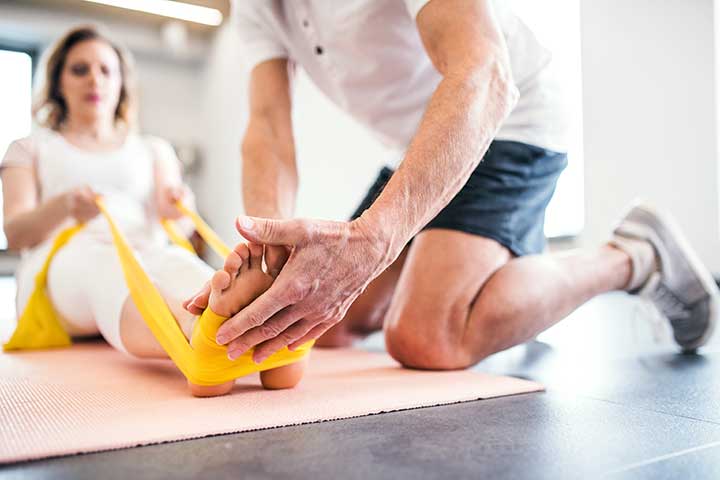Those in the Clear Lake, Texas, area know the effects that chronic pain or just general wear and tear can have on the body. In many cases, physical therapy is used as a treatment for patients that wish to reduce pain and increase their mobility. At Houston Physicians’ Hospital, we know that physical therapy can be an excellent treatment method for many patients, so we’ve laid out some signs that can help you determine if it’s time for physical therapy from a Clear Lake specialist:
- Medication has not Worked
Prescription medication designed to reduce pain may be one of the first courses of action your physician recommends. However, medication does not work in every situation. If medication is not working, it may be time for physical therapy. In fact, physical therapy may be the first recommended treatment option for some cases, as there may be patients who are averse to or unable to take pain medication. A study published in the Journal of the American Medical Directors Association showed that 59.5% of participants refused pain medication due to concerns about side effects and negative reactions (1). If medication has not worked, or you would rather not take a prescription medicine, your physician may recommend physical therapy.
- Pain Lingers After Activity
In some cases, it’s normal to experience slight lingering pain after completing an activity, especially one that is physically strenuous. Oftentimes, rest and hot/cold therapy helps reduce this pain within a day or two. However, if lingering pain seems to be constant, it may be time to speak to a physician about physical therapy. A medical study conducted between 1994 to 1997 over the effectiveness of physical therapy reported a more than 50% improvement in study participants following physical therapy (2). While physical therapy results vary from patient to patient, it can be determined that, overall, physical therapy is an effective treatment method for those with chronic, lingering pain.
- You Have a Strained Muscle
Sharp, sudden pain can be an indicator that a muscle strain has occurred. When a muscle strain occurs, physical therapy is often a recommended treatment method. According to the Journal of the American Academy of Orthopaedic Surgeons, physical therapy for strained muscles is typically utilized as the pain and swelling subside (3). Speak with a physician to determine the severity of your muscle strain, and whether physical therapy may be able to help increase the muscle’s range of motion.
- You Have Recently Been Injured
Those who have recently suffered an injury may benefit from physical therapy as a treatment method. According to South University’s Physical Therapy Assisting program, physical therapy can help rebuild strength and movement following an injury (4). Treatment following an injury is crucial to avoid permanent damage and restore full mobility, so it is important to speak to a physician about the possibility of using physical therapy as a treatment method.
For many patients in Clear Lake, Texas, physical therapy can provide a variety of benefits. Houston Physicians’ Hospital offers physical therapy from industry leaders to provide patients with effective pain relief. Give us a call at (281) 557-5620 or visit us at https://www.houstonphysicianshospital.com/physical-therapy/.
- https://www.sciencedirect.com/science/article/pii/S1525861005006869
- https://www.researchgate.net/profile/Dee_Hartmann/publication/285865657_The_perceived_effectiveness_of_physical_therapy_treatment_on_women_complaining_of_chronic_vulvar_pain_and_diagnosed_with_either_vulvar_vestibulitis_syndrome_or_dysesthetic_vulvodynia/links/585802c208ae64cb3d47d6b3/The-perceived-effectiveness-of-physical-therapy-treatment-on-women-complaining-of-chronic-vulvar-pain-and-diagnosed-with-either-vulvar-vestibulitis-syndrome-or-dysesthetic-vulvodynia.pdf
- https://journals.lww.com/jaaos/Citation/1999/07000/Muscle_Strain_Injury__Diagnosis_and_Treatment.6.aspx



